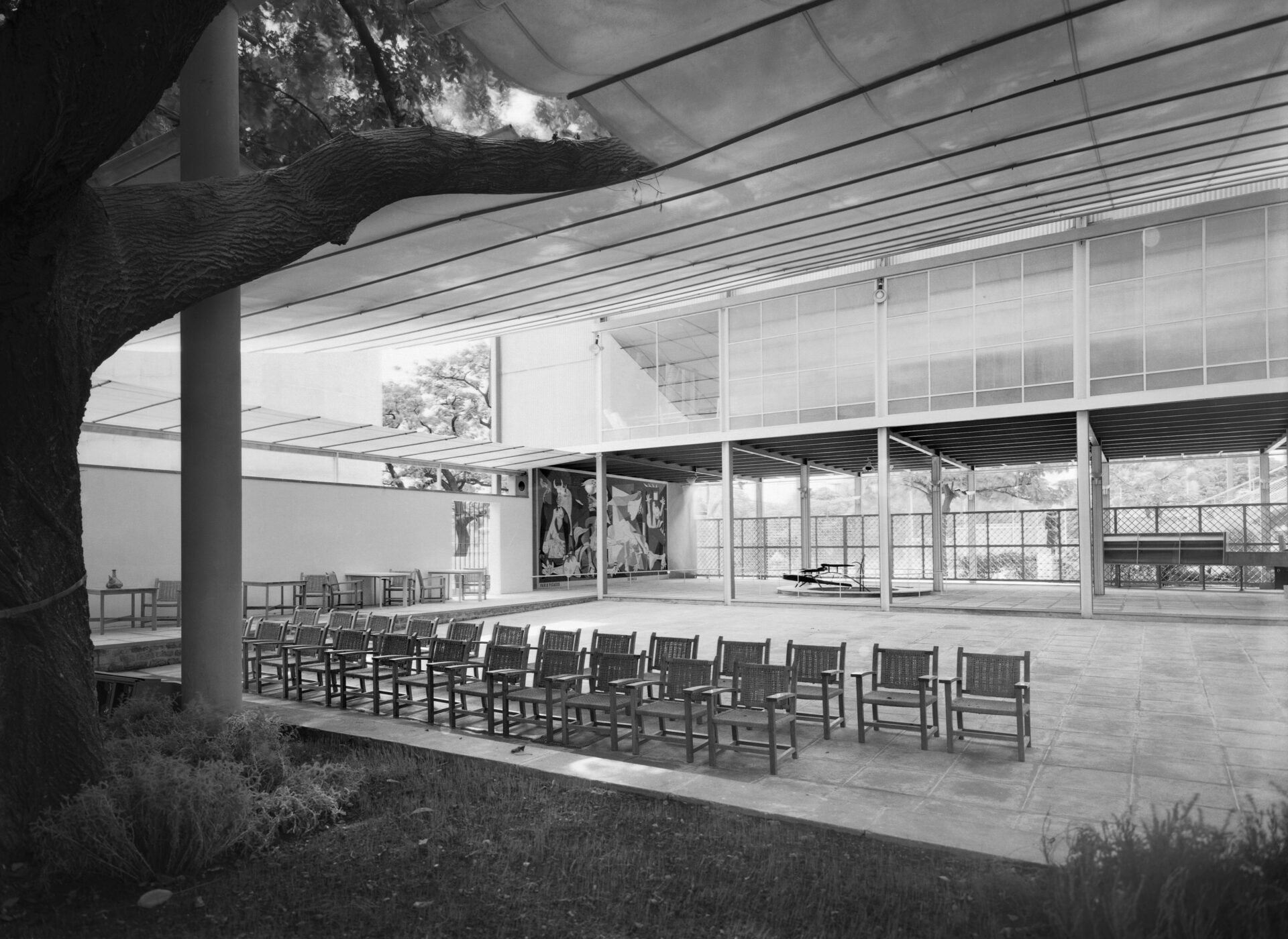
Susan Sontag said that “all photographs are memento mori“. In a way, the mere fact of capturing a moment in an eternal image reminds us of the transience of human life. However, we like to think that photographs also have the opposite function, as they immortalize the human condition in the face of time passing by.
In a way, photography is a powerful tool against oblivion. When François Kollar took this photograph of the Pavilion of the Spanish Republic at the 1937 Paris International Exposition, he was doing his bit to preserve memory; the memory of a specific historical moment, the memory of a whole generation of intellectuals and artists who were eradicated because of their progressive and universal ideas, the memory of a country that after suffering the atrocities of the Spanish Civil War endured the resulting oppression for many years.
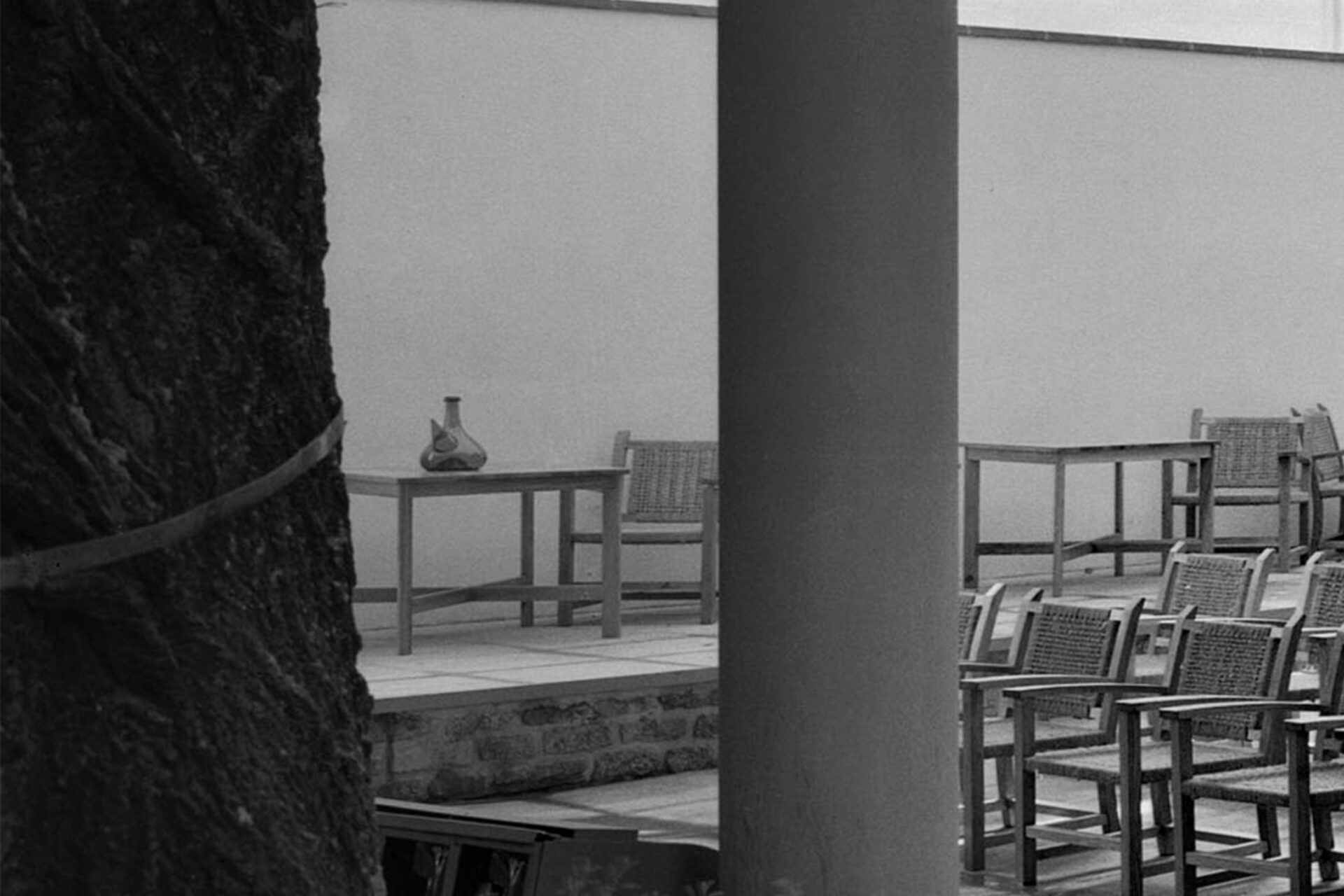
But in a corner of this photo, on a table we notice a “porrón” that can be seen in the left margin of the photograph. This is a popular, useful and hygienic object that allows one to drink water or wine without using glasses. An object of unknown origin that has been used in Spain for many years. It has been made by craftsmen for centuries who confirm that a good design is one that is useful, that serves people efficiently and that offers excellence with minimum resources.
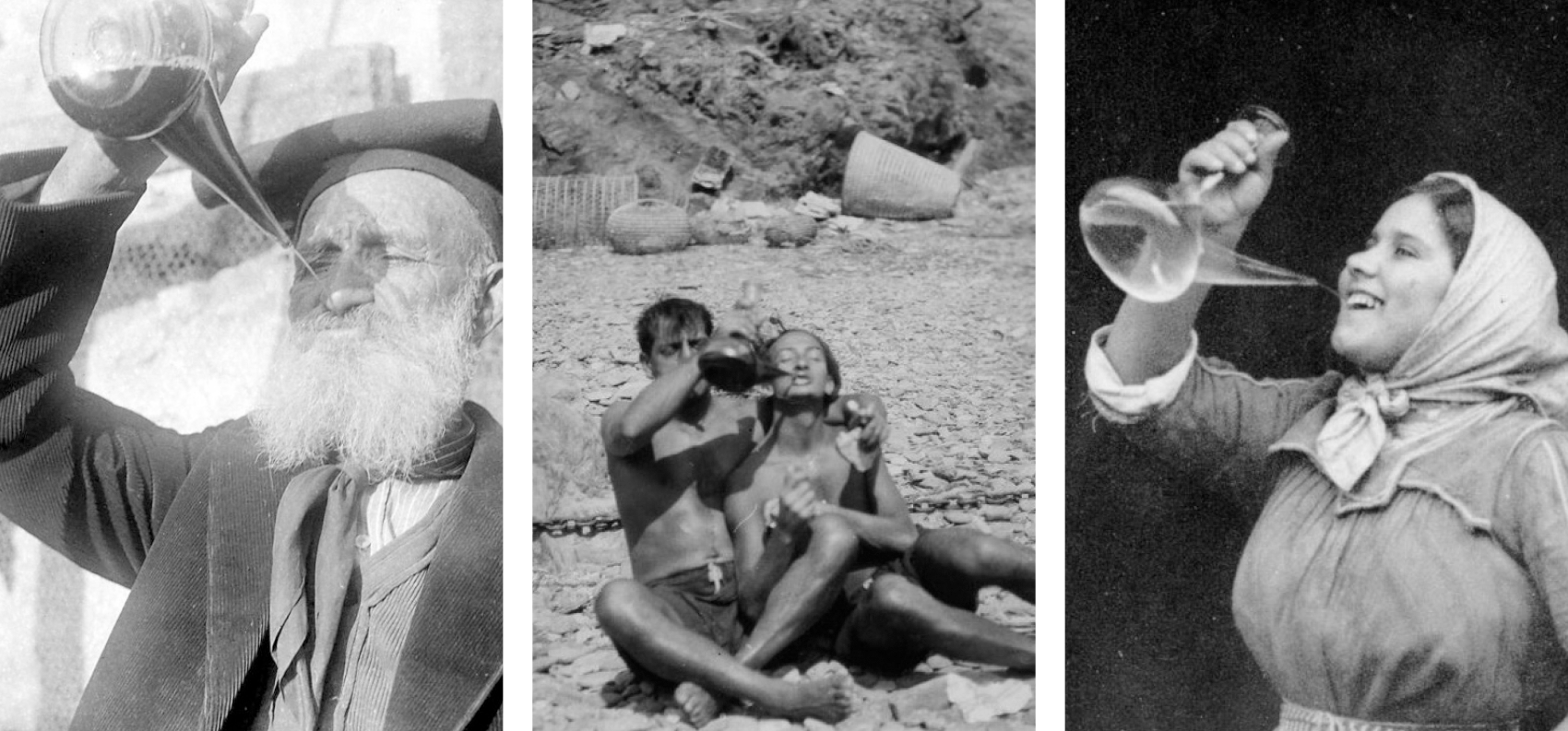
Whoever designed the Pavilion knew how to recognize quality in design, architecture and art, and that is why we wanted to highlight such a tool from this photograph: a good design! Leaving the “porrón” aside, this photograph features: Josep Lluís Sert and Luis Lacasa, the architects in charge of designing the Pavilion. Torres Clavé, the armchair designer. Calder, the author of the mercury fountain. Picasso, the painter of Guernica.
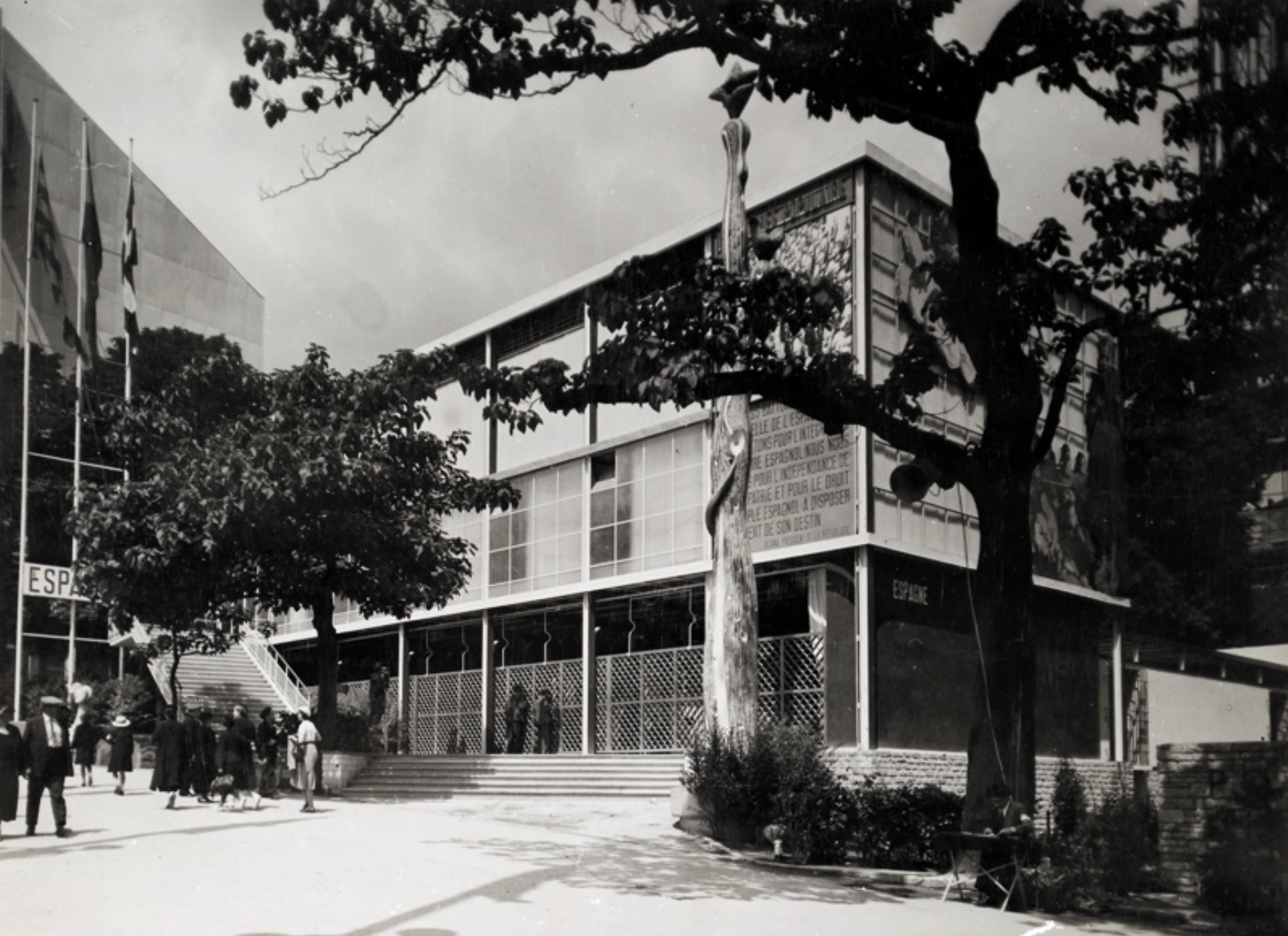
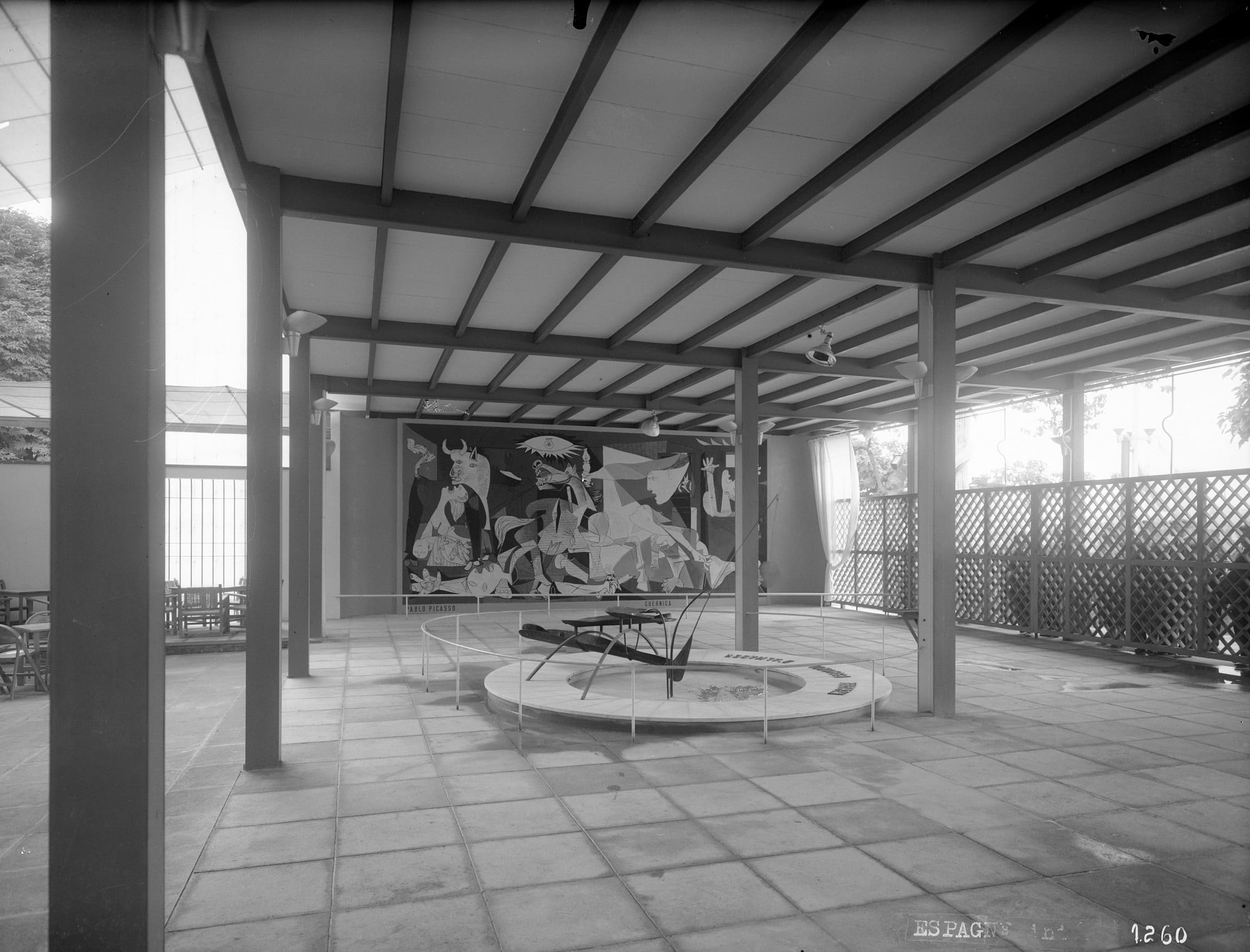
Pavilion of the Republic for the 1937 Paris International Exhibition. Author unknown. Historical archive of COAC. Mercury fountain by Alexander Calder with the painting Guernica in the background, 1937 Médiathèque d’Architecture et du Patrimoine, Paris. Photo: Henry Baranguer (C) Calder Foundation New York / ADAGP, Paris (C) Succession Picasso – Gestion droits d’auteur (C) Ministère de la Culture – Médiathèque du Patrimoine, Dist. RMN-Grand Palais